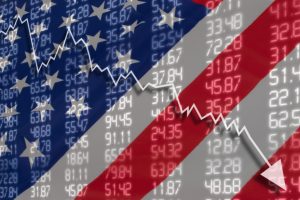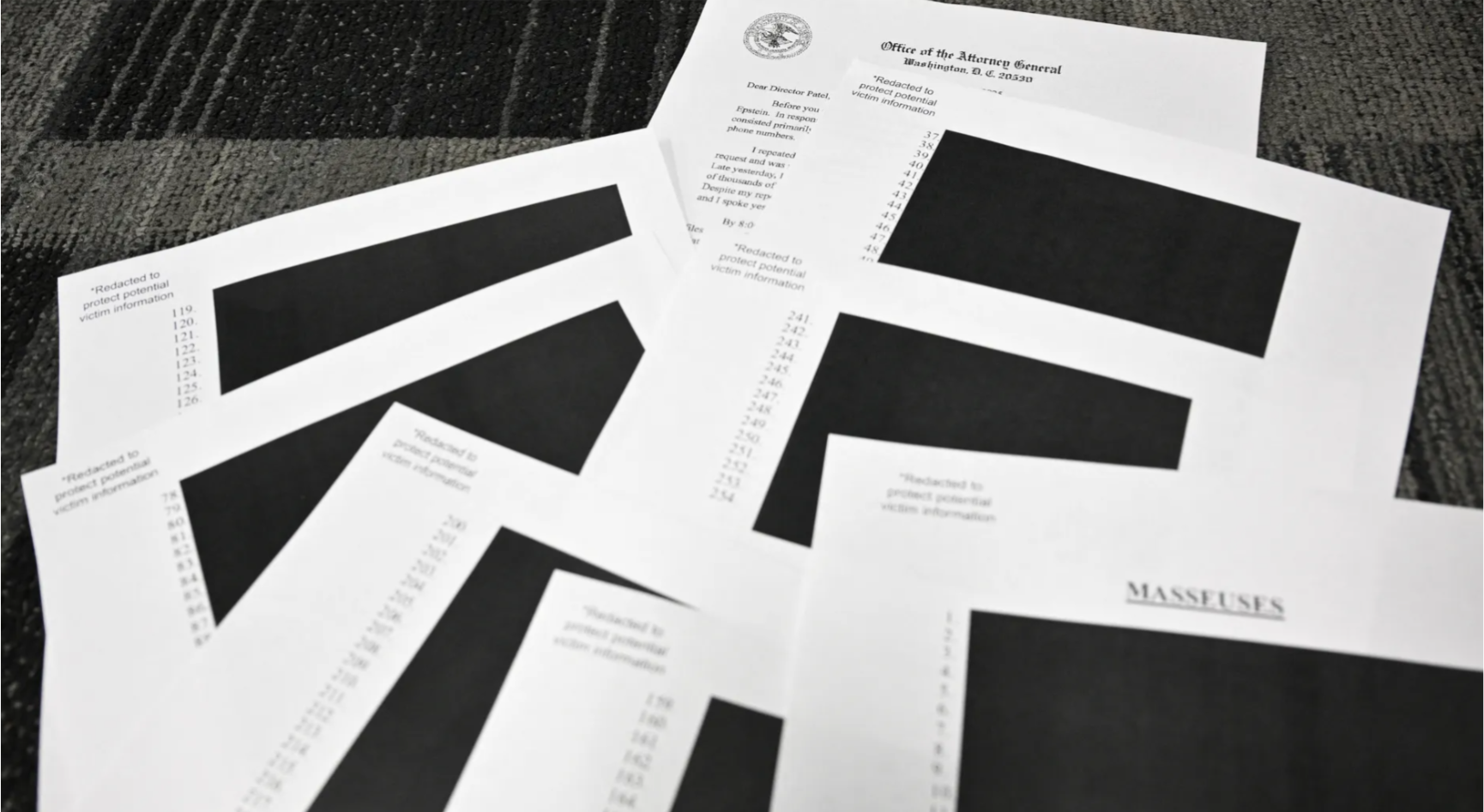(ThyBlackMan.com) I recently had the opportunity to read the ‘Creature from Jekyll’ Island by G. Edward Griffin, a prodigious tome dealing with the circumstances surrounding the creation of the U.S. Federal Reserve system. I was taken aback by some of its’ clearly provocative assertions;
-America joined World War I largely to help a few bankers profit off the war (despite a long-standing Monroe doctrine that prohibited our involvement in European affairs).
-The Bolshevik Revolution of 1917 was supported by international financial interests in order to destabilize Russia and steal the wealth of the Russian people.
-So-called ‘Foreign Aid’ is merely a clever means of shifting the bad debt incurred by banks and wealthy financiers on to the American tax-payer.
Although the book is narrated in a notably conspiratorial tone and contains some obvious contradictions – for example that President Lincoln was once a liberator who sought to avoid being goaded into a destructive civil war by European powers who were jealous of America’s success and had designs on colonizing Mexico, and at the same time a tyrant who used the ‘pretext’ of emancipation of slaves to wield dictatorial power over the Southern States – it nonetheless raises some very good points that deserve serious consideration.
One of the points that stood out is that over successive generations, people with concentrated wealth have sought to use the American military and the purse power of the tax payer for personal gain. In fact, Griffin argues, the creation of the current iteration of the Federal Reserve System was a political act that was designed to hide the fact that a private banking cartel would be managing the U.S. currency.
The Federal Reserve as Griffin explains, is neither ‘Federal’ – meaning it is not owned by the U.S. Federal government, nor is it a ‘Reserve’ in that it does not hold real assets in reserve. In reality, the Fed is a giant debt factory that has the backing of the ‘full faith and credit’ of the U.S. Government – meaning of course the American taxpayer.
One thing is clear, in the aftermath of the global recession of the 2008, America and the world have been swimming in debt. America’s national debt alone has skyrocketed. While the Fed continues to justify flooding the market with cheap ‘reserve notes’ (often confused with ‘U.S. dollars’) on the theory that it has to supply these notes in order to support ‘asset prices,’ the overall effect has been to debase the currency and prolong the pain of the American people.
As an entrepreneur who owns real assets – real estate, spectrum licenses, and a publishing library, among others – I was able to benefit, at least on paper, from the Fed’s Asset inflation strategy. I have been able to refinance my debt at attractive rates, and seen asset prices (but not necessarily values) climb. But many others – notably workers who derive the bulk of their income from salary instead of capital appreciation, and savers (retirees living on a fixed income), have been losers under this post-recession scheme.
Workers lost because their spending power has been diluted drastically over the past ten years. The costs of housing and energy have continued to rise in areas where the highest concentrations of jobs are located. For example, a young college graduate who wants to earn a high salary in the tech industry has to live in Silicon Valley, where even a base salary of $100,000 won’t enable them to afford to purchase a home there. Home prices are so out of line with average salaries that cities like San Francisco and Los Angeles are seeing an epidemic of homelessness never experienced since the Great Depression of 1929.
Savers have lost because the interest income they were counting on earning from their lifetime of saving has dwindled to less than nothing. These days, in most cases, you actually have to pay the bank to keep your money there. And so many retirees have had to tap into their home mortgages or take on additional consumer debt merely to survive. As America faces the largest retirement boom in its history – the retiring baby boomers – more than two-thirds of them do not have enough savings to retire comfortable. And on top of that the Social Security system that was to be a back-stop against poverty for older Americans is practically insolvent.
The unwieldy national debt also causes friction for entrepreneurs. The governments have sought to increase taxes, regulations and fees on entrepreneurial activity in order to service the ballooning debt. This has sucked critical capital out of the system; capital that entrepreneurs need in order to grow businesses and drive employment. With consumers still reeling from the great recession, demand for goods and services is lagging employment growth by a significant margin, further constraining opportunities for entrepreneurs.
The great project to rescue the American economy by the Fed has hit an obvious wall. The debt it used to goose the economy is now gumming up the system and constraining real growth. The looming question of what actually happens when the debt bubble finally bursts is one that not even the soberest economists at the Fed have been able to confront effectively. Unless we deal finally with the false notion that ‘central economic planning’ can replace actual capitalism as the driver of American growth, we may be in store for far, far worse.
Written by Armstrong Williams
Official website; http://www.armstrongwilliams.com

















Leave a Reply